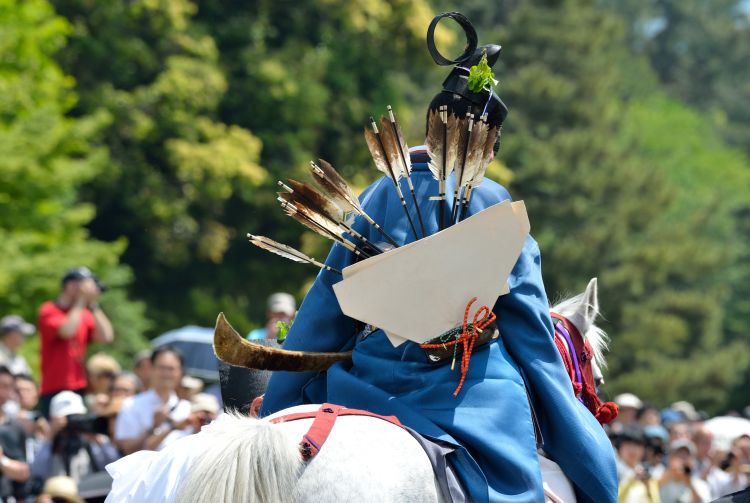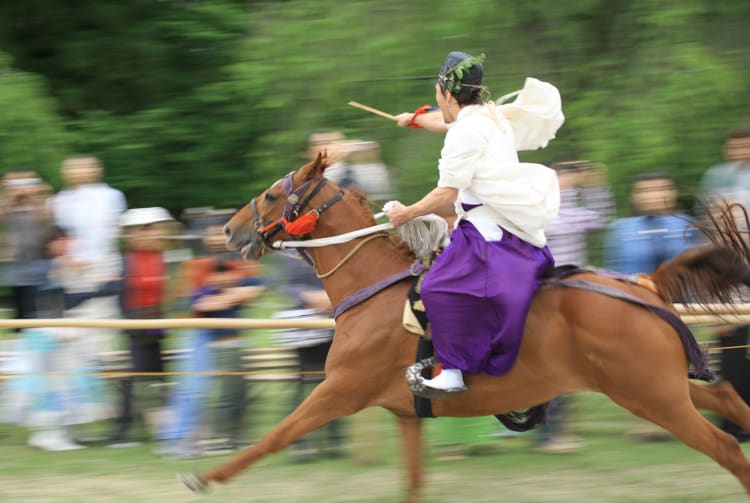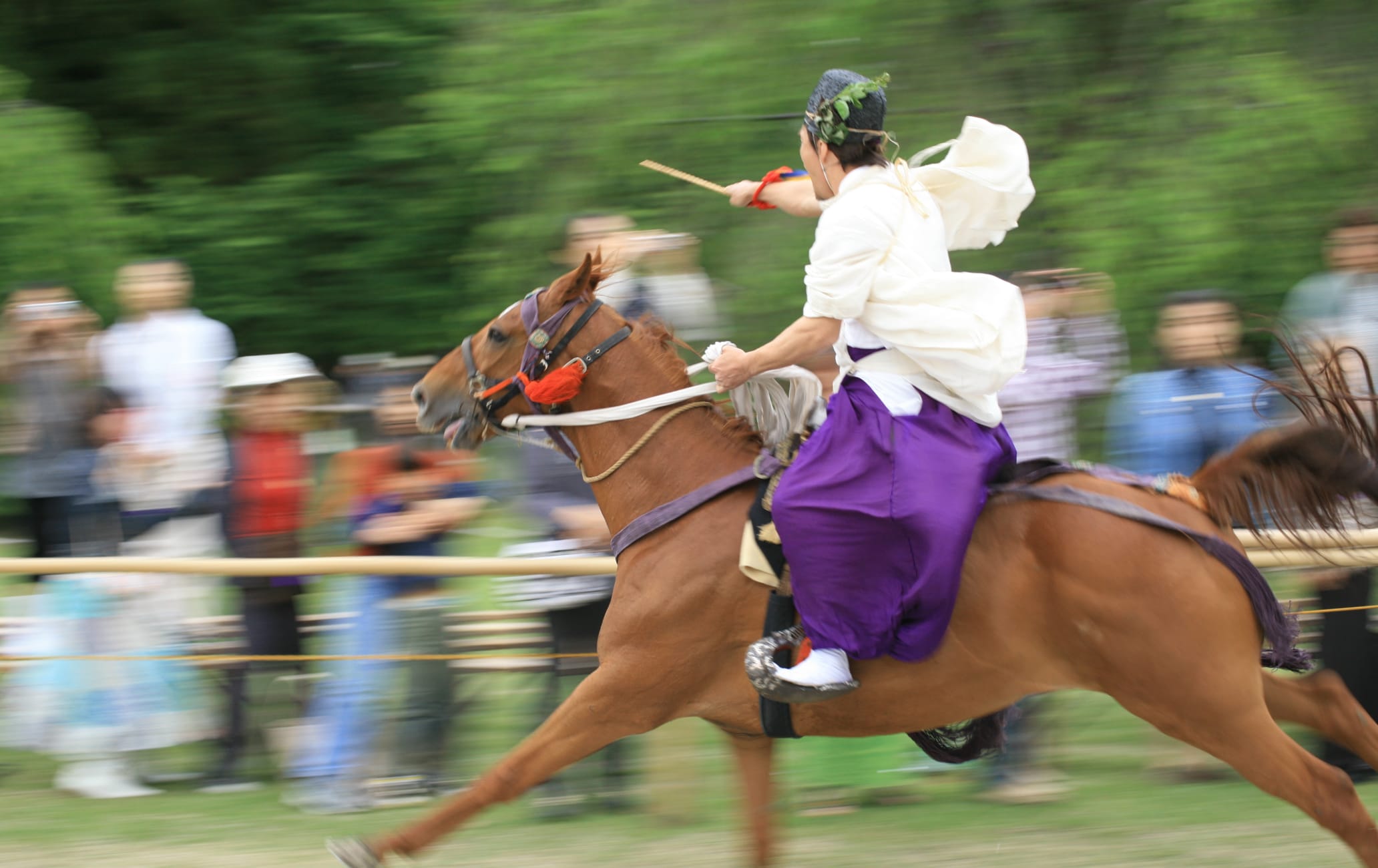See ancient Kyoto brought to life at the Aoi Matsuri
The Aoi Matsuri, or Hollyhock Festival, is held every year in central Kyoto on May 15. This spring festival is one of the three major festivals of Kyoto along with Gion Matsuri and Jidai Matsuri . It offers a glimpse back to the golden days of Kyoto's history and a chance to see locals in ancient costumes.

Quick Facts
Each year around 500 participants march in Heian-period (794-1185) attire during the parade
The central figure in the festival—the Saio—wears a silk kimono that weighs 30 kilograms
How to Get There
Aoi Matsuri takes place in central Kyoto and is easily accessible by public transportation.
The Imperial Palace can be reached by bus from Kyoto Station followed by a short walk. You can access Kamigamo Shrine from Kyoto Station by taking the Karasuma Subway Line to Kitaoji Station. Walk about two minutes to the Kitaoji bus stop. Take bus number three to Kamigamo Misonohashi bus stop. It's a five-minute walk from there.
To access Shimogamo Shrine , take the Keihan Line from Kyoto Station to Demachiyanagi Station. From there, it's a 10-minute walk north.
An appeal for protection
The festival originated in the 7th century, most likely as an appeal to the gods after a storm destroyed the harvest. The emperor made offerings to the gods of the Shimogamo and Kamigamo Shrines, believed to be the deities responsible for the destruction. After this, the harvest was saved. Because of its affiliation with these shrines, the festival is also known as the Kamo Matsuri.
A grand parade
The festival's main event is a procession of 500 people in the intricate aristocratic costumes of the Heian period (794-1185). Hollyhock leaves, a symbol of protection from natural disaster, are worn by the procession.
The parade is truly a sight to behold. It is led by a messenger on horseback carrying a gold sword, followed by his attendants, ox-drawn carts and a procession of women in beautiful kimono accompanying the most important figure, the Saio.



Enter the high priestess
Each year, an unmarried woman is chosen to play the Saio, the central figure of the festival. The Saio was once a royal who served as high priestess of the Kamigamo and Shimogamo Shrines and performed ceremonies during the festival. Following tradition, the chosen woman must undergo purification rituals before the event. She is carried on a palanquin and dressed in the most extravagant of kimonos, 12 layers of silk weighing 30 kilograms.
Following the procession
The procession begins at 10:30 a.m. from the Imperial Palace and goes north, stopping at the nearby Shimogamo Shrine . Once there, ceremonies are performed for two hours before the procession continues to Kamigamo Shrine at around 2:30 p.m. Most viewers choose to watch the procession from one shrine to the other, which lasts about one hour.

The best seats for the parade
You can pay for seating on the parade route at the Imperial Palace and Shimogamo Shrine (2,500 yen, available at convenience stores or travel agencies). Arrive early if you do not intend to pay for seats. Seats at Kamigamo Shrine are either 1,000 yen or 5,000 yen, depending on the location. These can only be purchased at the shrine.


























































